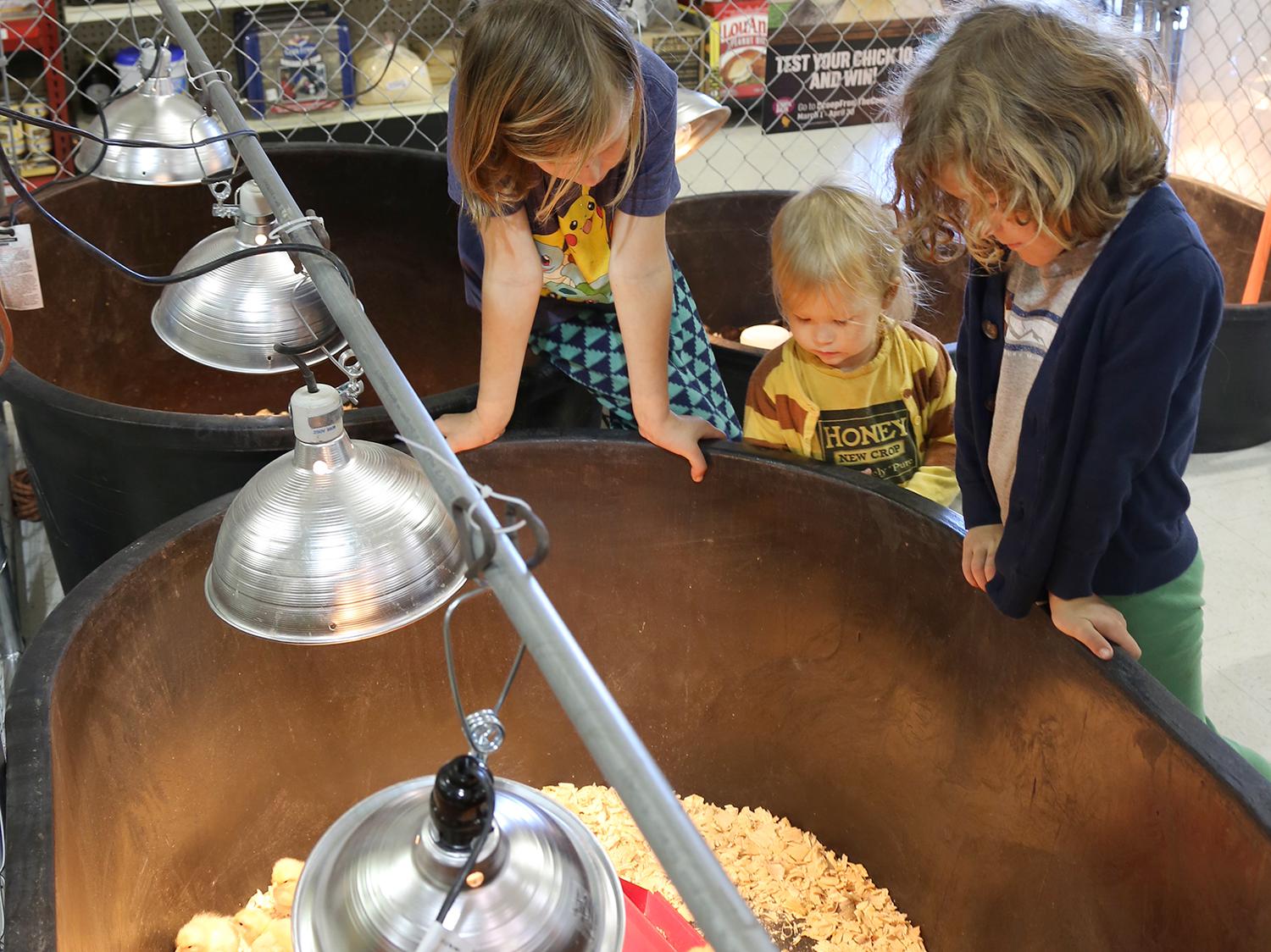By Dr. George Thomas Tabler

Families willing to host a flock of feathered friends reap the benefits of fresh eggs delivered daily just outside the door.
What started several years ago as an underground "urban chicken" movement has become much more common and widely accepted. Today, raising backyard chickens has gained popularity nationwide, boosted by interest in locally grown foods that avoid the energy use and carbon emissions typically associated with transporting food.
Always looking for ways to improve Mississippians’ lives through education, the Mississippi State University Extension Service evaluated popular chicken breeds for suitability as backyard flocks. A new publication walks homeowners through the decision-making and preparation steps of establishing backyard chickens.
“Know where you want to end before you even start,” said Tom Tabler, Extension poultry specialist. “You must decide if you are interested in egg production, meat production or both. Some people like to play with genetic diversity by crossing different breeds to develop unique chickens, and others raise chickens for preservation of rare or threatened breeds.”
More backyard chickens are raised for eggs than meat, and when that is the case, the urban farmer must then decide on egg color.
“Breed determines egg color, and you can pick from white and various shades of brown, green and blue,” Tabler said. “Chickens come in two sizes, normal-size and bantams, which are about one-fourth the size of larger breeds. Some bantams are good egg-layers, but the eggs are much smaller.”
The size of the birds and the size of the flock both determine the size of the coop and pen, if the birds will be kept confined.
“Some birds are better foragers than others,” Tabler said. “Active breeds will readily forage in the grass for bugs, tender leaves and shoots, and they work well in a pasture or free-range operation. Less-active breeds will wait for you to feed them every day.”
Temperament is another consideration. Backyard flocks often have significant human interaction, from being allowed to roam with children and pets to being taken care of by children.
“You can choose breeds based on their tendency to be good-natured and friendly, and you can avoid those known to be aggressive or nervous if that suits your backyard arrangement,” Tabler said.
Courtney Headley is a Starkville resident who has raised chickens in her backyard for about three years. She said she values the confidence she has that the eggs she feeds her family are safe.
“I know what I feed my chickens, so I know what I’m feeding my children when they eat the eggs,” Headley said. “But it’s also fun having chickens, kind of like having a dog. The chickens are very friendly, and the kids walk out and the chickens run up to them, and they pick the birds up.”
Headley’s current flock has six birds, and she gets about three eggs a day. Egg production is higher when the weather is warmer and more predictable. Even though the family lives in town, predators have been a problem, and the family had to rethink the chicken coop after losing a flock.
“When you live in town, you don’t start thinking about predators until they attack your flock, and then you start taking precautions,” she said. “We bought a portable, plastic shed, and my husband turned it into a coop. It’s easy to clean because you can wash it out and rake out the bedding. We close it at night and open it in the morning to let the chickens out.”
Tabler urged owners of backyard poultry to remember the importance of good biosecurity procedures to keep both backyard chickens and the commercial poultry industry safe.
“If you visit other people who have chickens -- commercial or backyard -- change clothes before taking care of your chickens,” Tabler said. “Change clothes before caring for your own chickens if you visit the feed store, co-op, coffee shop or other places where other chicken folks hang out.
“Wear dedicated footwear or plastic boots when working in your chicken pen, wash your hands before entering and when leaving it, and don’t bring home new birds and mix them with your birds without quarantining them for 30 days to make sure they are not sick.”
Source:msstate.edu